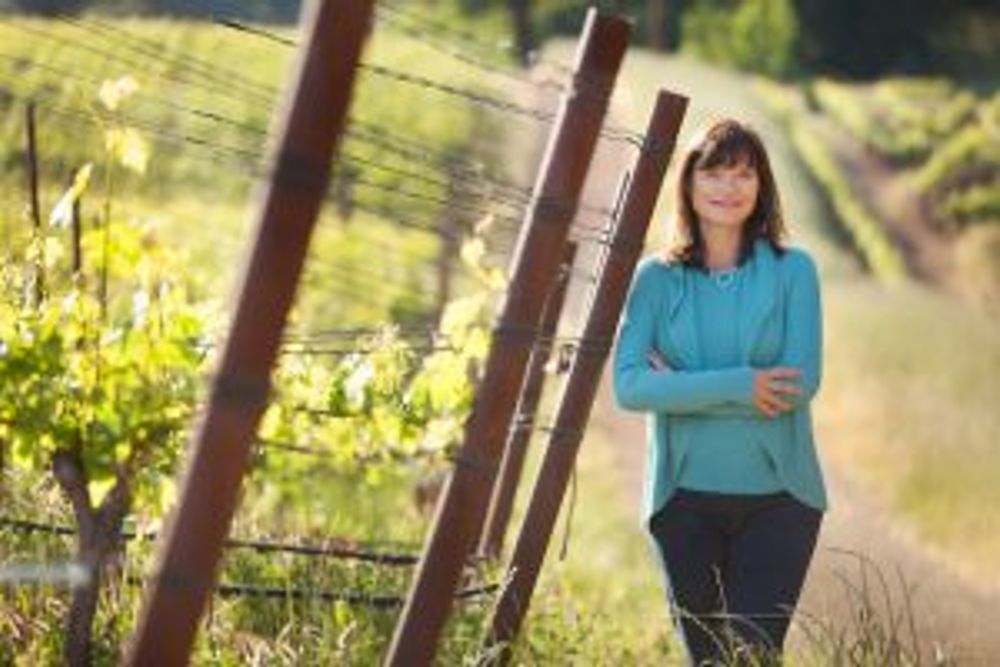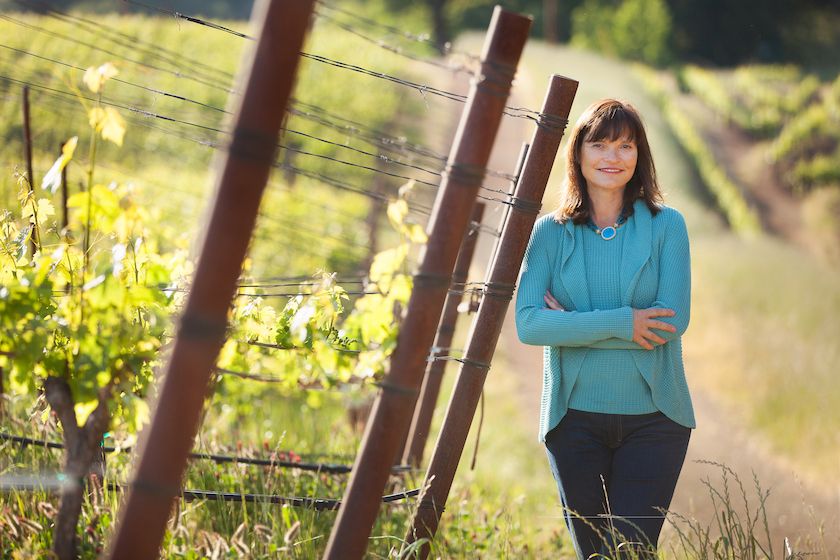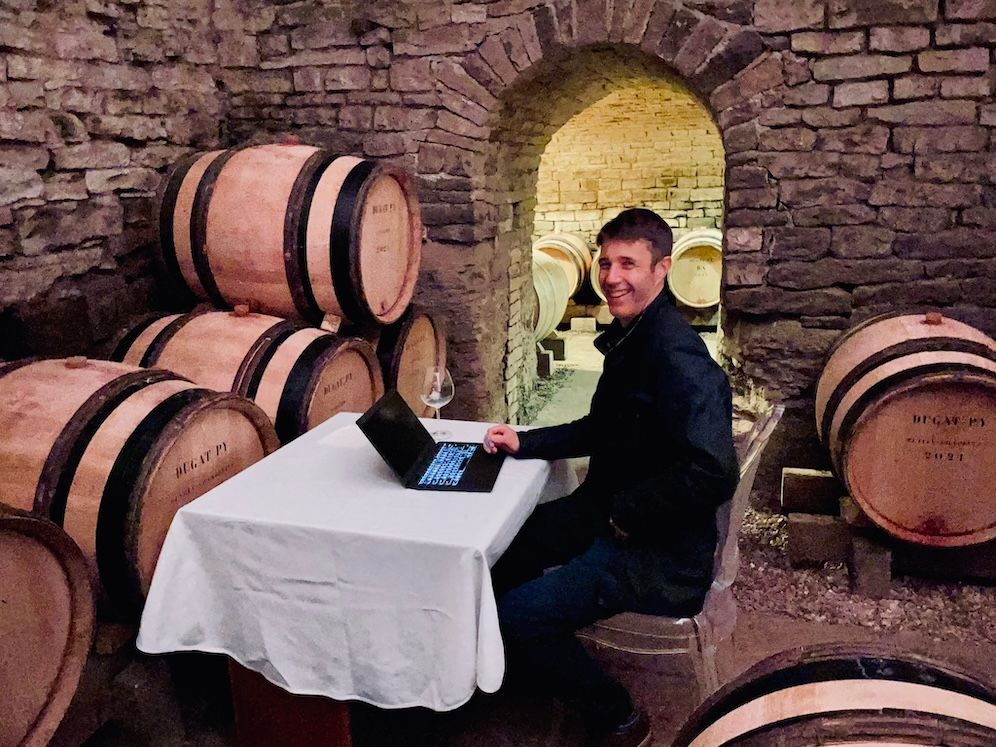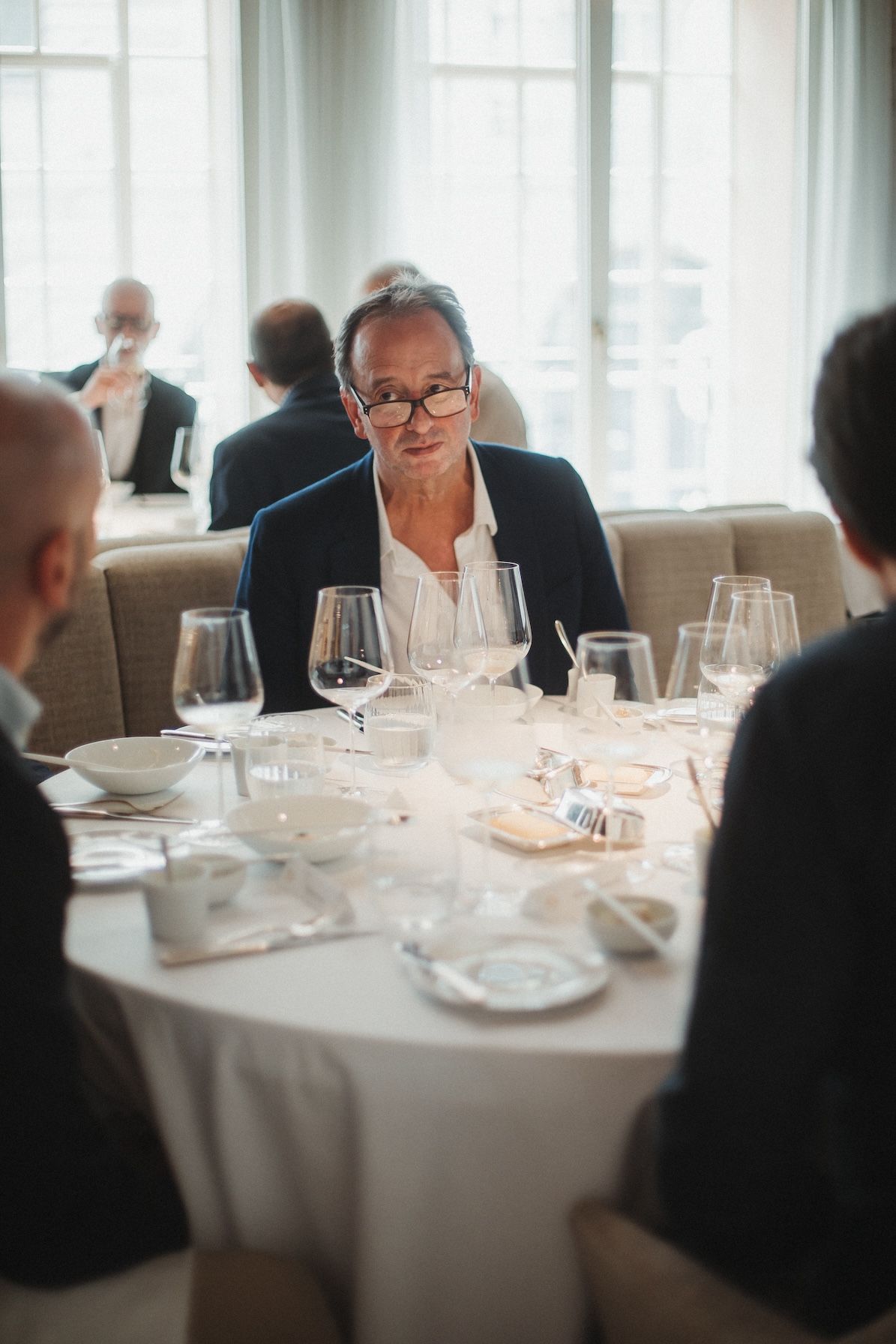Jackson Family Wines are pretty much through with the UK off-trade on account of its obsession with price and focussing all of its attention on the premium on-trade.
I’d better come clean. Aside from Kendal Jackson wines – familiar to anyone who eats in mid range restaurants in the US – and La Crema Pinot Noir, a favourite in the UK off trade, the wines produced by Jackson Family Estates had passed me by. Worse: whenever they were mentioned, I would confuse them with Jackson Estates, the high quality New Zealand producer that in the UK forms part of the Gonzalez Byass portfolio. But Jackson Family Wines?
On reflection, I realised that the most outstanding Chardonnay I have tasted this year is part of their international range, the awe-inspiring Capensis from South Africa, made from the finest fruit grown in three separate regions of the western Cape by winemaker Graham Weerts.
The winery was only founded in 2014 but has already won deserved plaudits from critics and consumers alike. Aside from that, nada. I certainly didn’t realise that Jackson Family Wines have important properties in France (Bordeaux), Italy (Chianti), Australia and Chile.
But their biggest imprint remains the US and specifically California, where they have wineries pretty much all the way down the coast, including Mendocino, Napa, Sonoma and Santa Barbara Country.

Barbara Banke, owner of Jackson Family Wines, concentrating UK efforts on premium on-trade
Last month, pretty much the whole family – including Barbara Banke, Jackson Family Wines’s proprietor and chairman and her son Christopher Jackson – trooped up at London’s Corinthia Hotel to promote not these but their five Oregon wineries, bringing with them the respective winemakers Lynne Penner, Tony Rynders, Eugenia Keegan, Erik Kramer and Adam Lee.
Although its Oregon wineries account for less than 5% of Jackson Family Wines’ production and maybe a bit more of its revenue, they have become one of the veritable jewels in the crown. In part because many of these wineries – California-based Siduri (which acquires much of its fruit from Oregon) Zena Crown, Gran Moraine, Penner-Ash and WillaKenzie Estate – are unashamedly high end, especially the last two, which were only acquired by the group last year.

Penner-Ash winery, one of the latest two acquisitions by Jackson Family Wines
But also because they have become clearly one of the most prestigious and cared for parts of the Jackson Family Wines empire.
“We are having huge success with these wines particularly in the UK on-trade,” says Banke, who admits she has given up on the off-trade for Jackson Family Wines because of its remorseless obsession with price.
Her son Christopher Jackson adds that these wineries have become integral to Jackson Family Wines’ portfolio because they demonstrate the sheer diversity of Pinot Noir, which is the key part of their production.
“These wines really show that soil matters for Pinot Noir in particular – the huge differences between, say, Russian River and Williamette Valley demonstrate the significance of diverse terroir. Not only are these wines diverse; they have the capacity to age beautifully,” he said.
So at a tasting hosted by the winemakers and Jackson Family, how were the wines?
Most were pretty good and especially the 2014s, which winemakers agree had almost perfect climactic conditions.
But my favourites were the two WillaKenzie Estate Pierre Leon vintages, the cool and structured 2008 and the 2013, a cool and problematic vintage that required first rate winemaking to produce such a balanced wine as this, and the two Penner-Ash Shea Vineyard Pinots, a light and textured 2008 and a full and bold 2014, which was tasting pretty decent now but which will gain complexity with longer bottle ageing.
Pinot Noir aside, special mention should also be given to two delicious whites which were available at the walk around tasting after the main event.
Pinot Gris is the second most planted variety in Oregon and the WillaKenzie Pinot Gris 2016 was very decent, with lots of freshness and racy acidity but also lots of fruit coming through on the palate. The Gran Moraine Yamhill-Carlton 2014 Chardonnay, on the other hand, considered with some justification to be one of the best in Oregon, had lots of fruit despite 16 months of barrel ageing.
One of the biggest pluses of what Jackson Family Wines has achieved is pulling together five very different producers under an umbrella that allows the consumer and the trade to understand Oregon better. Although I have long been a fan, one of the biggest problems with Oregon and its Pinot Noir is its large number of small producers. Not for nothing is this called America’s Burgundy.

Willamette Valley has perfect growing conditions for Pinot Noir
Oregon is the third biggest wine producing state (after neighbouring California and Washington State) and there are now some 470 producers making wine from almost 700 wineries, most of which specialise in the most planted grape Pinot Noir (from which over 90% comes from Willamette Valley, which with its maritime climate, cooling winds and sandstone-volcanic soil, has perfect growing conditions).
But getting your head and palate around these producers, with their very different, highly individualistic styles, is no easy matter. By building a high quality portfolio, defined by sustainable vineyard practices and actually quite diverse wine styles, Jackson Family Wines has provided an easy means for the beginner to begin to understand this quite complex and diverse state.
“In many ways, the five wineries in the portfolio are a microcosm of the Oregon wine industry,” says Tony Rynders, consulting winemaker at Zena Crown.
Quite an achievement.
But Banke isn’t done with Oregon yet. She says she is looking to make an Oregon sparkling wine – from Chardonnay – seeing this as an obvious gap in the market. And with Oregon’s star running high right now – the last few vintages have all been good, with 2014 and 2015 offering virtually optimal conditions, whilst its Pinot Gris is now starting to attract the respect its Pinot Noir has long enjoyed – it would be rash to rule out even more acquisitions.
Jackson Family Wines are on a roll in Oregon, and they know it.
Geoffrey Dean, who talked to Barbara Banke at the tasting, adds:
Barbara Banke hopes to increase sales of its five Oregon wineries to the UK on-trade by 10-20% (at present, a maximum of 20,000 cases from the state finds its way across the pond to Britain).
“A lot of sommeliers and brokers are showing great interest in Oregon Pinot Noir,” said Nick Bevan, Jackson Family Wines’ executive vice-president for international sales & distribution. “There’s been low availability of quality Burgundy in recent years, and French importers are getting excited about Oregon.”
Premium Oregon Pinot Noir and Chardonnay is very much the focus of Jackson Family Wines. Their stable is an impressive one, featuring WillaKenzie Estate, Penner-Ash, Gran Moraine, Siduri and Zena Crown. The last two are seeking UK distribution, but Penner Ash has just joined forces with Friarwood, while Gran Moraine is with Fells and Willakenzie with The Wine Treasury.
The most recent acquisition, Willakenzie, which was bought in October last year, was founded in 1992, and has 105 acres under vine in the Yamhill-Carlton AVA. The Gisele 2014 Pinot Noir’s attractive fruit and approachable tannins make this very drinkable.

Erik Kramer, winemaker at WillaKenzie
“It has a tendency towards muscularity because of the sedimentary soils,” winemaker Erik Kramer told The Buyer. “The vineyards are both east and west-facing, and yield 2-2.5 tons to the acre.”
Similarly priced at $29 in the US, the Siduri Pinot Noir 2015 possesses vibrant acidity as well as very good length. Aged in 30% new oak, it has a little more complexity too. “I made 15,000 cases of this wine,” winemaker Adam Lee revealed. “The soils are mainly Laurelwood, or loess, which tends to produce muscular wines.”
The 2014 vintages of Pinot from Gran Moraine and Zena Crown, each acquired in 2013, also showed particularly well, although a personal favourite was the Penner-Ash 2014 ($45 in the US). Complex, long and with vibrant acidity, this is a superb offering. It easily absorbs the 40% new oak it saw, gaining structure as a result.
“This is our flagship wine,” winemaker Lynn Penner Ash said. “We make around 9,000 cases of it from different AVAs, all the sites benefiting from a wide diurnal range. The soils are volcanic, basalt clay and loams.”
These are all beautifully-made and well balanced wines that deserve a wider audience. UK consumers would be well-advised to snap them up while they become increasingly available on our shores, for Banke predicts a major wine shortage within the next five to ten years due to increased Asian demand.






































